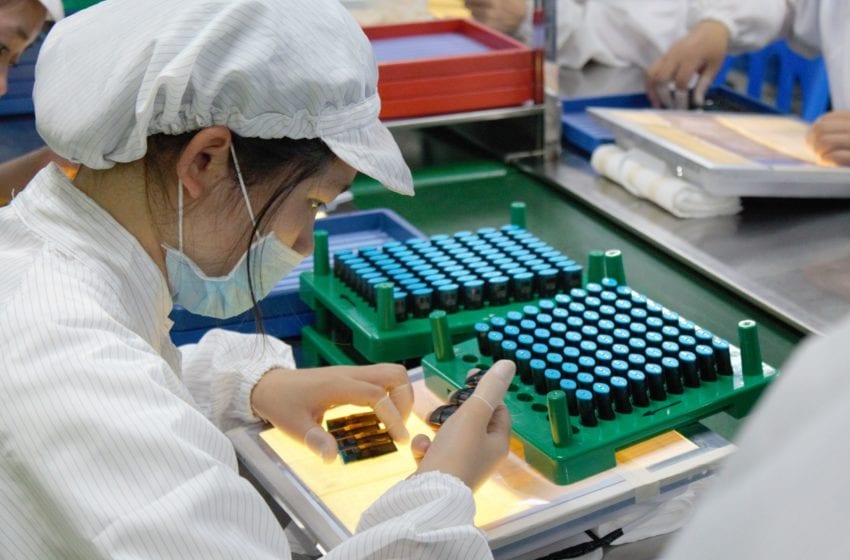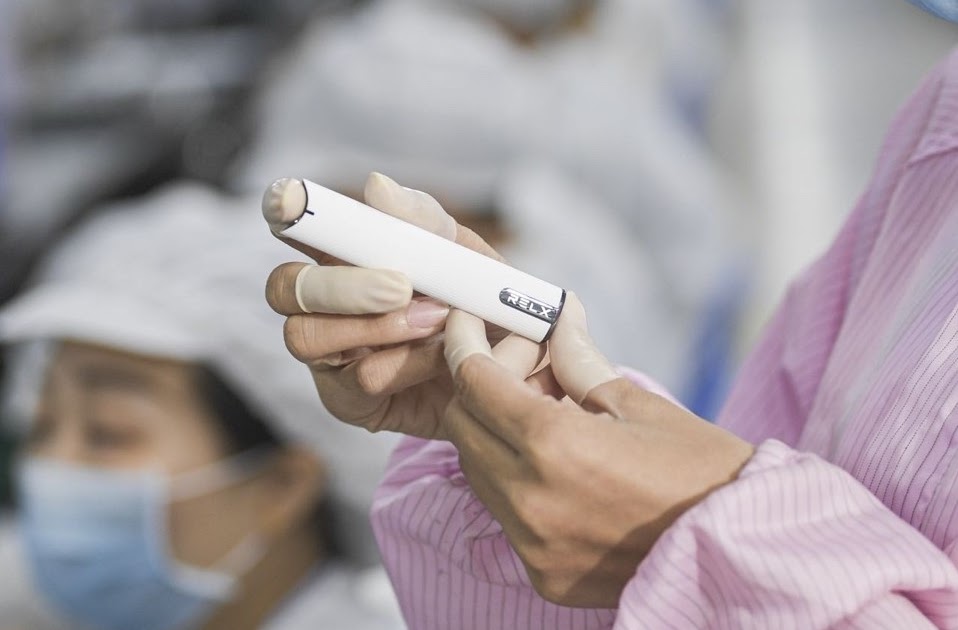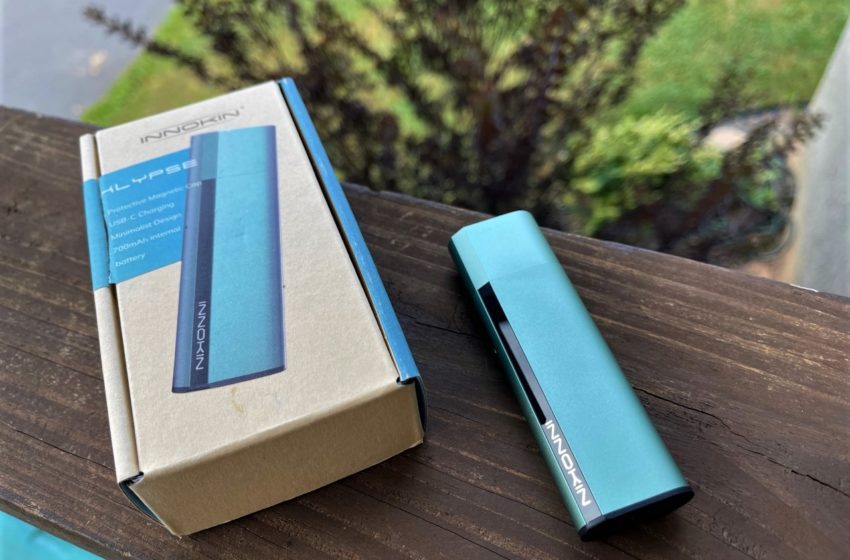
Smoore has opened China’s first non-clinical full-scale testing laboratory for U.S. premarket tobacco product applications (PMTA).
Operated by Smoore’s Analysis, Testing and Safety Assessment Center, the laboratory provides all non-clinical evidence required to bring a new nicotine product to market, including material safety, hazardous components and potentially hazardous components (HPHC’s), and toxicology testing.
This is the first PMTA testing laboratory to open in China, and will allow Smoore to further improve the safety of its products, and help the brands they work with to successfully pass PMTA certification.
Prior to Smoore opening its new laboratory, vaping companies wanting to enter the U.S. would need to use third-party partners to complete their PMTA testing, which can be a costly and time-consuming process. With the new China facility, Smoore’s brand partners can more easily complete their PMTA certification and improve their accessibility to the US market.
“The FDA is very concerned about HPHCs and has set out a list of 33 substances which must be tested for,” said Dr Long, the director of Smoore’s new Safety Assessment Center, in a statement. “Our new laboratory can do all this and more, and has the capacity to test for 37 substances; we are the only facility in China whose testing capabilities covers the full range of HPHCs substances.”
According to Smoore, the laboratory tests against a world-leading new database of HPHCs, developed by Smoore and derived from international toxicity databases including those maintained by the U.S. Environmental Protection Agency (EPA).
Advanced computational toxicology software is also used to predict for unknown and potentially hazardous ingredients not included in these databases, further increasing Smoore’s safety assessments.
Since establishing its first research institute in 2017, Smoore has continued to lead the industry in evidence-based research. Its Safety Assessment Center has raised safety standards to medical grade, and works to constantly review product safety.
A total of eight products have been approved for marketing by the FDA, many of which are manufactured by Smoore.




















 The vaping brand Vaporesso has kicked off its rebranding campaign with the reveal of its new logo. During the Vapexpo event in Lille, France, the China-based vaping device manufacturer’s new logo features the letter “V” at the forefront, encircled behind by the letter “O.”
The vaping brand Vaporesso has kicked off its rebranding campaign with the reveal of its new logo. During the Vapexpo event in Lille, France, the China-based vaping device manufacturer’s new logo features the letter “V” at the forefront, encircled behind by the letter “O.”